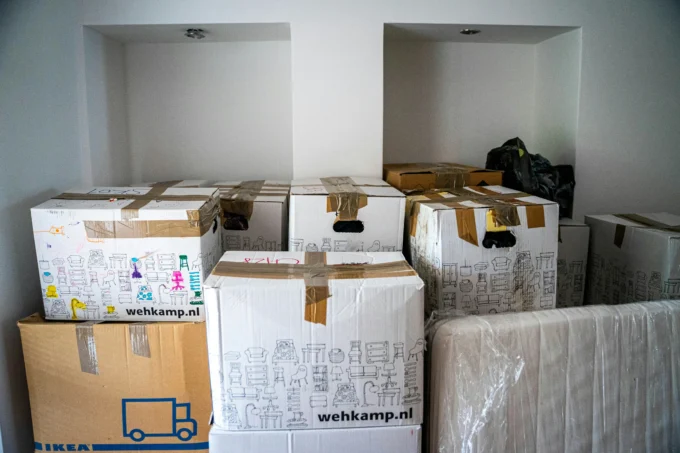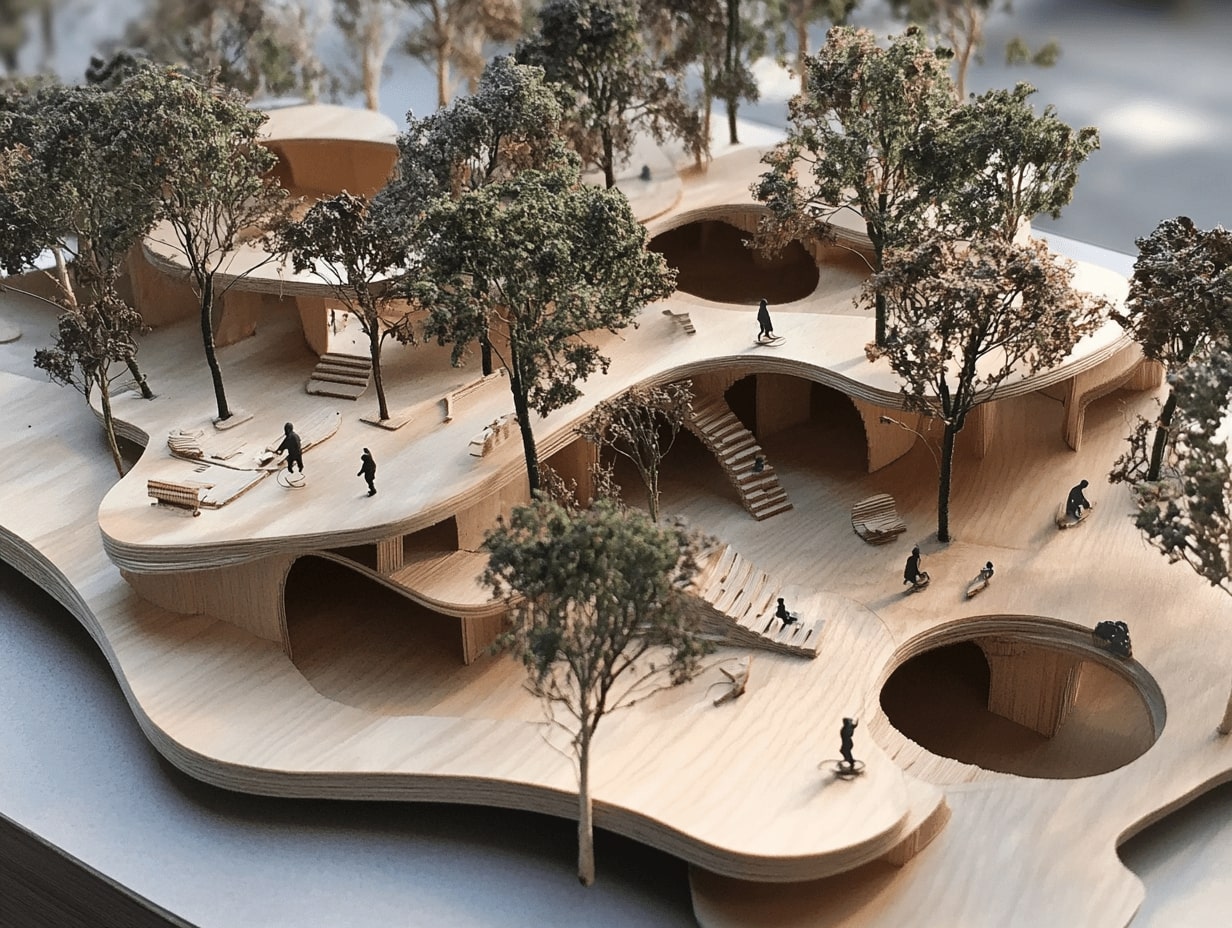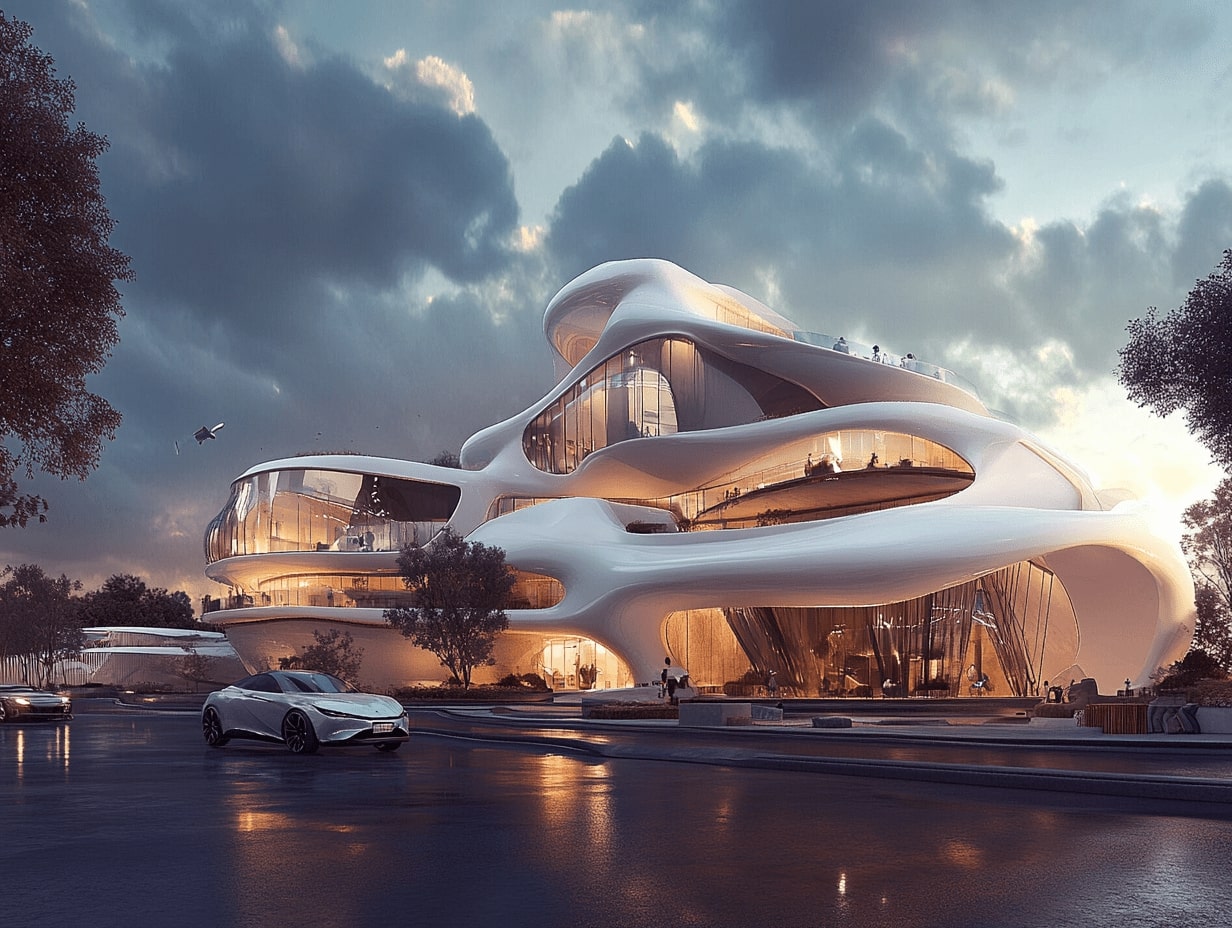- Home
- Articles
- Architectural Portfolio
- Architectral Presentation
- Inspirational Stories
- Architecture News
- Visualization
- BIM Industry
- Facade Design
- Parametric Design
- Career
- Landscape Architecture
- Construction
- Artificial Intelligence
- Sketching
- Design Softwares
- Diagrams
- Writing
- Architectural Tips
- Sustainability
- Courses
- Concept
- Technology
- History & Heritage
- Future of Architecture
- Guides & How-To
- Art & Culture
- Projects
- Interior Design
- Competitions
- Jobs
- Store
- Tools
- More
- Home
- Articles
- Architectural Portfolio
- Architectral Presentation
- Inspirational Stories
- Architecture News
- Visualization
- BIM Industry
- Facade Design
- Parametric Design
- Career
- Landscape Architecture
- Construction
- Artificial Intelligence
- Sketching
- Design Softwares
- Diagrams
- Writing
- Architectural Tips
- Sustainability
- Courses
- Concept
- Technology
- History & Heritage
- Future of Architecture
- Guides & How-To
- Art & Culture
- Projects
- Interior Design
- Competitions
- Jobs
- Store
- Tools
- More
Discover Innovative House Designs in the USA: Trends, Sustainability, and Modern Living
Explore the evolution of innovative house designs in the USA, blending sustainability, technology, and aesthetics. Learn about eco-friendly materials, smart home features, multifunctional layouts, and iconic architectural masterpieces redefining modern living. Discover how thoughtful designs harmonize with nature and lifestyles, paving the way for adaptable, energy-efficient homes of the future.

When it comes to redefining how we live, the USA stands at the forefront of innovative house designs. From sleek modern layouts to eco-friendly structures, architects and designers across the country are pushing boundaries to create homes that are as functional as they are stunning. These designs don’t just cater to aesthetics—they embrace sustainability, technology, and the evolving needs of modern lifestyles.
As we explore these groundbreaking concepts, we’ll uncover homes that maximize space, blend seamlessly with nature, and incorporate smart technology to make life easier. Whether you’re dreaming of a futuristic retreat or a cozy yet efficient living space, the innovative designs emerging in the USA offer endless inspiration. Let’s dive into what’s shaping the future of home design in America.

Table of Contents
ToggleThe Evolution Of House Designs In The USA
American house designs have undergone significant transformations over centuries, adapting to cultural shifts, technological advancements, and environmental considerations. From colonial-era homes like Cape Cod and Georgian styles to modernist movements, each era reflects changing societal needs.
Colonial And Traditional Architecture
Traditional homes, such as Colonial and Victorian styles, dominated early American architecture. These designs emphasized symmetry, functionality, and durability. For instance, Georgian houses featured a formal layout with balanced window placement, while Victorian homes showcased ornate detailing and steep gable roofs.
The Rise Of Modernism
In the early 20th century, modernist design gained prominence, prioritizing simplicity and open spaces. Frank Lloyd Wright, a pioneer of this movement, introduced the Prairie-style home with horizontal lines and organic integration into the landscape. Post-war America embraced ranch-style homes, which featured single-story layouts and open floor plans to meet the needs of growing families.
Contemporary Innovations
Current designs integrate sustainability, technology, and adaptability. Mid-century modern homes, for example, feature clean lines and large windows to merge indoor spaces with nature. Today, we see advancements like prefabricated homes, eco-friendly materials, and smart home solutions redefining residential spaces.
Influences On Future Designs
Shifts in societal trends, like urbanization and environmental awareness, influence emerging designs. Compact urban lofts and modular homes are addressing limited space, while net-zero energy homes aim to reduce ecological footprints. These evolving features demonstrate how designs continue aligning with modern priorities.

Key Features Of Innovative House Designs
Innovative house designs in the USA prioritize sustainability, technology, and efficient space utilization. These features cater to modern lifestyles while addressing environmental and urban challenges.
Sustainability And Eco-Friendly Materials
Using sustainable materials enhances environmental efficiency in home designs. Recycled wood, reclaimed steel, and bamboo reduce reliance on non-renewable resources. Green roofs and solar panels boost energy conservation by integrating renewable technologies. High-performance insulation and energy-efficient windows lower energy consumption, enabling homes to meet eco-standards. Water-saving systems, such as rainwater harvesting and low-flow fixtures, promote responsible water use.
Smart Home Technologies
Smart home innovations elevate convenience and efficiency. Automated lighting, thermostats, and security systems integrate seamlessly to improve comfort and safety. Voice-controlled devices and app-based management systems streamline daily routines and energy usage. Sensors, including motion detectors and smart locks, enhance security. Energy monitoring tools allow real-time tracking of usage, promoting sustainability-focused choices.
Creative Use Of Space
Maximizing space enhances functionality in compact and large homes alike. Open floor plans encourage flexible layouts and natural light. Multi-functional furniture, including ottoman beds and foldable desks, optimizes smaller areas. Built-in storage solutions, such as wall-mounted shelving and under-stair compartments, provide practical organization. Outdoor spaces, like rooftop gardens or patio kitchens, extend living areas, merging interiors with the environment.

Popular Trends In Modern House Designs
Modern house designs in the USA continue to evolve, aligning with changing lifestyles and priorities. Key trends focus on simplicity, functionality, and sustainable integration.
Minimalist Aesthetics
Minimalist designs emphasize clean lines and clutter-free environments. Open layouts, neutral color palettes, and sleek materials like glass and polished metal create a sophisticated yet functional look. We see an increased use of natural light through expansive windows and skylights, eliminating unnecessary elements while enhancing spatial perception. Neutral shades like white, beige, and gray dominate these interiors, providing a timeless and tranquil ambiance.
Multifunctional Living Spaces
Multifunctional spaces optimize usability in both small and large homes. Flexible layouts accommodate shifting needs, such as combining dining and living areas. Features like retractable walls, foldable furniture, and modular designs allow seamless transitions between work, leisure, and rest. For example, dining tables that double as workstations and sofa beds for guest accommodations exemplify efficient design. These innovations reflect an emphasis on maximizing every square foot without compromising comfort or style.

Iconic Examples Of Innovative House Designs In The USA
Innovative house designs in the USA reflect a blend of creativity, functionality, and advanced technology. Here are notable examples showcasing how architecture transforms modern living.
Famous Architectural Marvels
The Farnsworth House in Illinois, designed by Ludwig Mies van der Rohe, exemplifies modernist architecture with its minimal design and glass-paneled walls that integrate natural surroundings. The Fallingwater house in Pennsylvania, by Frank Lloyd Wright, demonstrates organic architecture, merging structure and environment through its cantilevered terraces above a waterfall.
The Eames House in California highlights mid-century modernism with its modular design and efficient use of prefabricated components. Equally remarkable is the Glass House in Connecticut, designed by Philip Johnson, featuring transparency and open spaces that redefine indoor-outdoor living.
Cutting-Edge Residential Projects
The Desert House in California, designed by Ken Kellogg, uses futuristic geometry and sustainable materials like recycled steel and earth-integrated roofing for energy efficiency. The Case Study Houses, built in Los Angeles between 1945 and 1966, employed innovative designs and materials to offer affordable yet functional solutions for post-war housing demands.
New Orleans’ Make It Right homes, spearheaded by Brad Pitt, emphasize sustainability by incorporating solar panels, rainwater harvesting, and hurricane-resistant features. Similarly, the Smart Home at the Museum of Science and Industry in Chicago integrates advanced home automation systems, energy-efficient appliances, and eco-friendly construction, setting a benchmark for modern design.
These projects exemplify creativity in architecture, addressing environmental concerns and evolving lifestyles.

Factors To Consider When Choosing An Innovative House Design
Selecting the right innovative house design involves balancing practicality, style, and technology to meet individual needs. Key considerations include financial limitations, personal preferences, and functional requirements.
Budget And Feasibility
Understanding financial boundaries is crucial for adopting innovative designs. Features like smart technology and sustainable materials often entail higher upfront costs but can result in long-term savings. It’s important to balance innovation with affordability by researching costs for elements such as solar panels, eco-friendly materials, and energy-efficient systems. For example, energy-efficient windows can reduce electricity bills, while prefabricated building options often lower construction expenses. Factoring in utility and maintenance costs ensures the design remains within a feasible range for future living.
Personal Preferences And Lifestyle
The ideal house design reflects daily routines and habits alongside aesthetic preferences. Individuals seeking flexibility can prioritize multi-functional spaces like those incorporating retractable walls or foldable furniture. For those valuing outdoor connections, features like rooftop gardens or expansive windows promote natural light and fresh air access. Integrating technology, such as home automation systems, can cater to modern conveniences like remote monitoring or voice-controlled devices. Considering family size, work-from-home needs, or specific hobbies helps ensure the design accommodates unique living requirements effectively. An urban professional may benefit from compact, efficient layouts, while larger families may prioritize open floor plans and communal areas.
Conclusion
Innovative house designs in the USA continue to redefine the way we live, merging sustainability, technology, and creativity into cohesive living spaces. By integrating eco-friendly materials, cutting-edge smart home systems, and flexible layouts, these designs address both environmental concerns and modern lifestyle needs. From iconic architectural masterpieces like Fallingwater to emerging concepts like net-zero energy homes, these projects showcase the potential of thoughtful design.
As societal shifts shape future trends, such as urbanization and the increasing focus on green living, the exploration of compact, efficient, and adaptable spaces gains momentum. These designs inspire opportunities for practical, stylish, and sustainable living environments. By balancing technology, aesthetics, and functionality, innovative home designs continue to set the stage for the homes of tomorrow.
- architectural trends 2023
- contemporary home ideas
- cutting-edge house layouts
- eco-conscious home designs
- eco-friendly house plans
- energy-efficient homes USA
- future house design trends.
- green home features
- innovative house designs
- inspirational home designs
- modern architectural styles
- modern house trends USA
- modern living design
- modern residential architecture
- modern sustainable living
- Smart Home Design
- sustainable architecture USA
- sustainable building materials
- sustainable home design
- trending home interiors USA
- trendy home designs
- USA house design trends
Submit your architectural projects
Follow these steps for submission your project. Submission FormLatest Posts
Building with Purpose: Creating Meaningful Spaces for Community and Sustainability
Explore the transformative power of purposeful building in our fast-paced world. This...
Architectural Concept Ideas: Inspiring Designs for Functionality, Aesthetics, and Sustainability
Discover the essence of architectural concepts and their role in shaping innovative,...
How to Find Architectural Ideas: Creative Tips and Inspiration for Unique Designs
Discover practical strategies to find architectural inspiration from nature, history, art, and...
Architectural Design Development: Key Stages, Tools, Challenges, and Future Trends
Explore the transformative process of architectural design development, where creativity meets precision....












Leave a comment